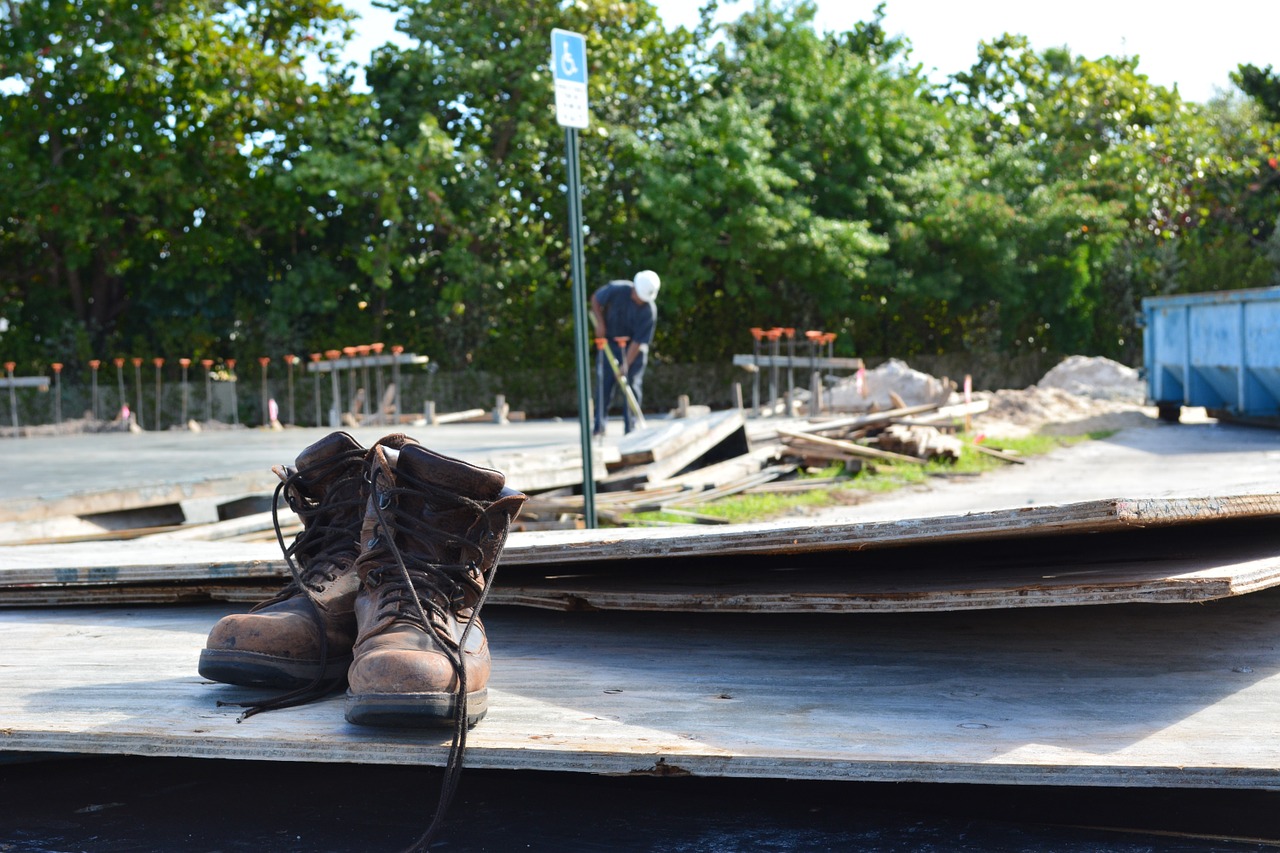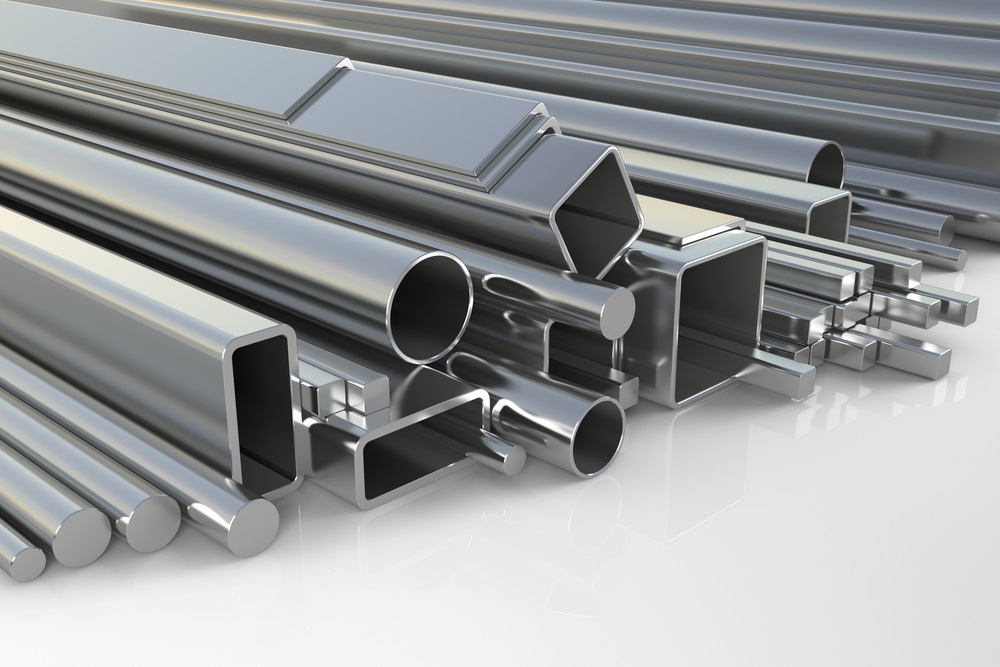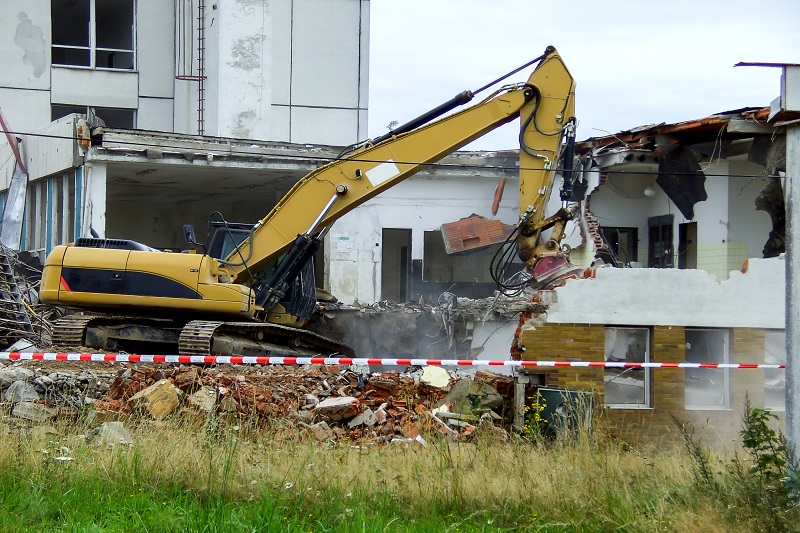Work boots are unlike other footwear. Besides quality, price, and comfort, people who shop for them look for other features as well, namely safety. The main purpose of a work boot is to protect the foot inside it and allow its owners to do things that they wouldn’t be able to accomplish if he or she wore ordinary shoes. Besides safety, there are other features that a good work boot must have that are more job specific. Some shoes should be able to withstand the impact of heavy objects, some should not slip on the slipperiest of slopes, and an electrician would value the most in his work boot the fact that they don’t conduct electricity. However, the search for the perfect work boot should concentrate on finding a pair that has 5 of the following qualities.
Waterproofness
Regardless of the environment you work in, your clothes and shoes should be waterproof no matter what. This is true both for something as trivial as a rucksack, as well as something that can be a lifesaver such as a work boot. We are not talking about skipping joyfully through puddles in the street, but standing in high water without your feet getting soaked. As you already might know from your ski boots, this is achieved by completely covering the part of the shoe around the laces with a water-resistant material. Some models have an additional strap around the ankle to ensure that not a single drop gets inside. When shopping, you should look for shoes that are made from a single piece of rubber. The fewer the seams, the less likely the shoe will let water through.
Slip resistance
There are numerous occupations, like in the construction industry or working on an oil rig, where a single slip of a shoe can seal your fate. Even in places that are less dangerous to work in, like a storage depot, a wrong step could spell disaster for the worker. This is because the surfaces they thread on are usually slippery. Slippery floors coupled with spilled water, oil, or grease can send you flying into the air. This happens because shoes lose grip, i.e. contact with the surface. In order to prevent this scenario from happening, work shoes are equipped with anti-slippery soles. Their main purpose is to provide the owner with as much traction as possible. This is achieved through deep thread grooves which run the entire length of a shoe. In addition, circular patterns on the sole add to a better grip. The moment you notice your work shoes starting to lose the grooves, it is time to buy a new pair.
Toe protection
When handling heavy objects, there is always the danger that you might drop them on the front edge of your shoe. Even the lightest of weights can injure your toes or break your foot. This is why it is important for the front of your shoe to have extra protection. The most usual method for this is reinforcing the toe area of the shoe with metal caps. Such steel cap work boots also provide the necessary stability and durability to the entire shoe, so it doesn’t lose its shape over time. Surprisingly enough, this steel cap does not detract from the shoes’ visual appeal. Quite the contrary, it makes them trendy and popular even with shoe manufactures who do not make work boots but ordinary shoewear.
Non-conductive work shoes
Besides water, mechanical and kinetical damage protection, an important feature any good quality work shoe should have is non-conductivity. Simply put, they must act as isolators and not conductors of electricity. This is important when the person wearing the boots gets into contact with a live electric circuit. The heavy rubber on the shoe will simply repel any electricity and protect its owner from a possible electric shock. A common fallacy about work shoes is that the steel the cap is made from acts as a conductor. It does, but it is encapsulated with heavy-duty rubber which completely isolates it so it can never come in contact with any electricity.
Comfortability
Since great care is given to safety when producing work boots, buyers and even manufactures sometimes forget the importance of comfortability. Uncomfortable shoes can cause all kinds of medical problems, such as clustering the toes to tightly together or ultimately cause back pain. That is why work boots should feel comfortable and the foot should have enough room to “breathe.” This is achieved by adding arch support and by making the shoes flexible as well as durable. Also, they ought to be lightweight so you don’t feel that they are weighing you down. Just be careful not to confuse “comfortable” with “fashionable,” as work shoes cannot be considered dressing smart for work.
The 5 qualities listed here are universal for pretty much every work boot there is. That is why they serve as guidance and a checklist that will come in handy the next time you shop for good quality work boots.
What do you think?
Advertisement








